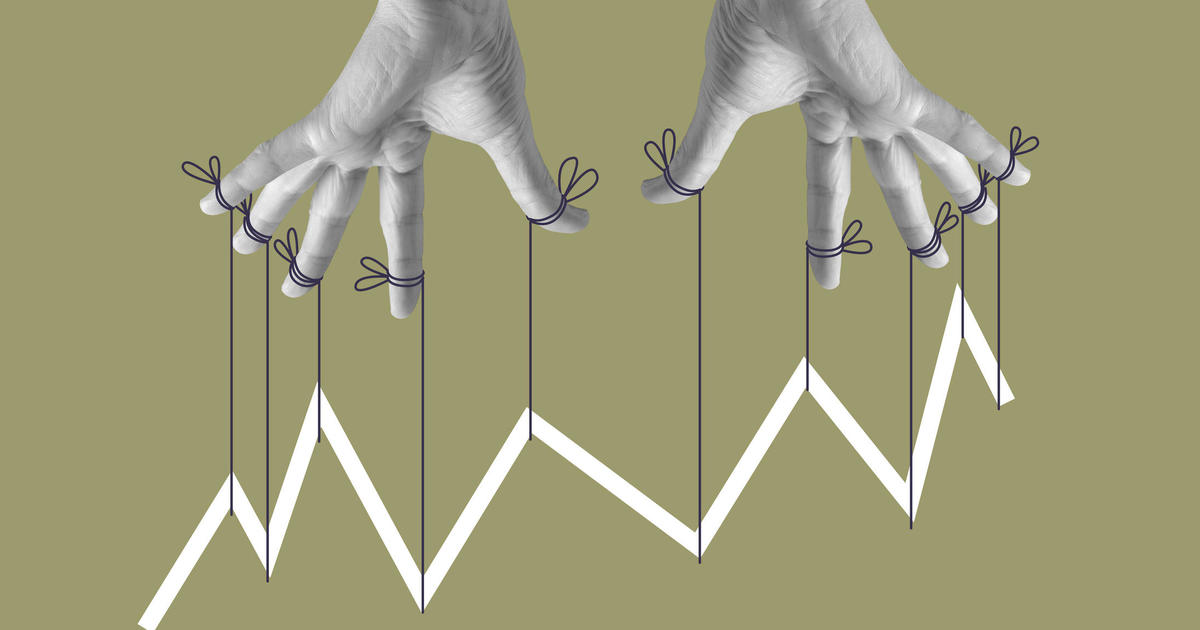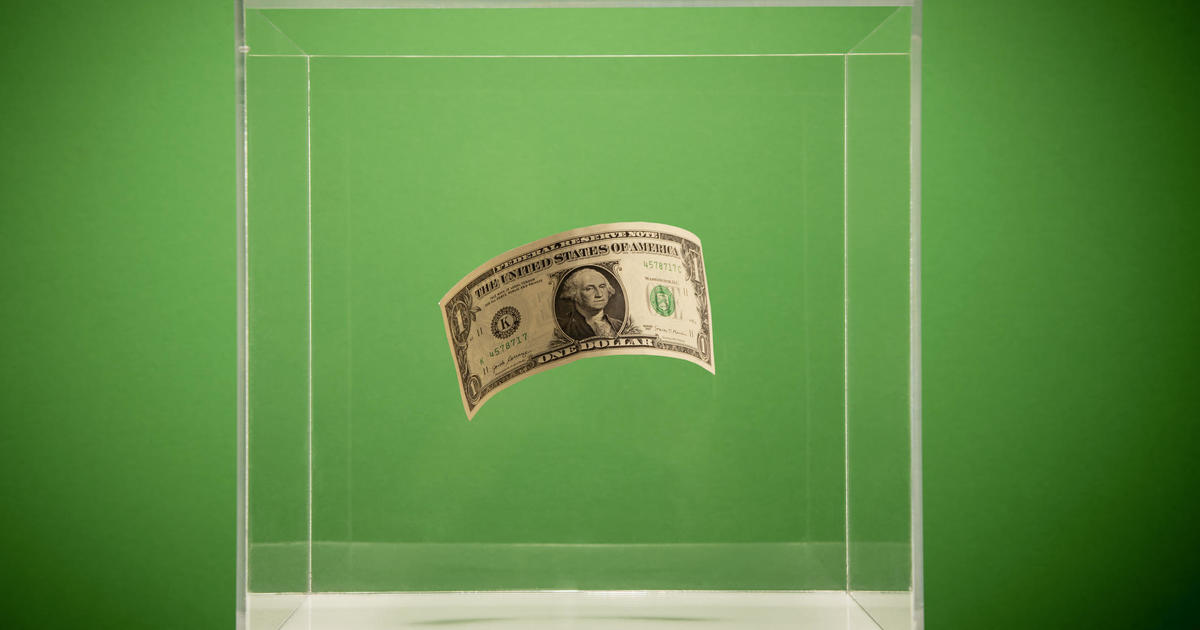America's white working class is the smallest it has ever been
- White working-class Americans, or whites without college degrees, now make up 40% of the U.S. adult population — an all-time low.
- In 1975, by comparison, roughly 7 in 10 Americans were part of this demographic.
- The group is also losing wealth and income, heightening economic security for millions of people.
White working-class Americans were once the backbone of the U.S. economy, accounting for 70% of the adult population in 1975. Just over four decades later, that number has shrunk to 40% — an all-time low — new economic research reveals.
Behind the group's decline is a confluence of demographic, economic and cultural changes, according to economists with the Federal Reserve Bank of St. Louis. Those include an increase in the number of employees who are minorities; higher college graduation rates for whites, which has lifted many into the professional class; and a surge in recent years of what researchers have termed "deaths of despair," the sharp rise in fatalities due to drug overdoses and suicides.
That tectonic national shift could have major implications for everything from political power to the strength of local economies. Already, the U.S. is experiencing a divergence between faster-growing coastal cities that attract college-educated workers and "left-behind" regions like the Rust Belt, widening economic and political divides. Indeed, such areas are "diverging fast" in key metrics such as family income and economic growth, analysts at the Brookings Institution wrote earlier this month.
The share of white working-class Americans has declined in every U.S. region, but suffered the biggest drops in the Northeast and West, the St. Louis Fed said. The only region where the white working class remains a majority is the Midwest, where it constitutes 52% of the adult population.
"The decline of this group will undoubtedly continue to have lasting economic and social consequences for the U.S.," noted St. Louis Fed economist Bill Emmons and analysts Ana Kent and Lowell Ricketts.
Diverging paths
Multiple studies have shown that, in the past decade, the political views of the white working class have largely split from whites with college degrees. Whites with no more than high school degrees are increasingly voting Republican, while those with college educations are more likely to vote as Democrats.
Interestingly, the shift comes not only as the white working class is losing population, but also falling back in terms of income and wealth. College-educated white workers, meanwhile, are experiencing strong income gains, placing the two groups on divergent economic paths.
For example, white college-educated Americans saw their share of the nation's income rise from 41% in 1989 to 53% in 2016, according to a separate St. Louis Fed paper published last year. But white working-class workers saw their income share plunge to 27% from 45% over that period, economists found.
In other words, not only are there fewer white working class Americans than in previous decades, but they're earning less and falling further behind economically. A decade ago, according to Brookings, voters in Republican and Democratic districts earned almost identical incomes. That's no longer true. Median household income in Democratic districts now stands at $61,000, compared with $53,000 for Republicans, the centrist think tank found.
"Deaths of despair"
So-called "deaths of despair" are also taking a toll on the white working class. As first identified by Princeton economists Anne Case and Nobel Prize-winner Angus Deaton, the death rate for middle-aged white Americans has risen sharply, fueled by the opioid crisis, alcohol and drug addiction, and suicide. As a result, over the last three decades, less educated whites have seen declining life expectancy and rising mortality rates.
But the root cause, they and other researchers have argued, is a breakdown in societal institutions like marriage, rising inequality and a more perilous economic outlook for workers without college degrees.
To be sure, life has grown more tenuous for this group in recent years. But despite their decline, it's a group that remains prominent — and still commands a larger share of the population than either college-educated whites or working-class minorities, according to St. Louis Fed data.



